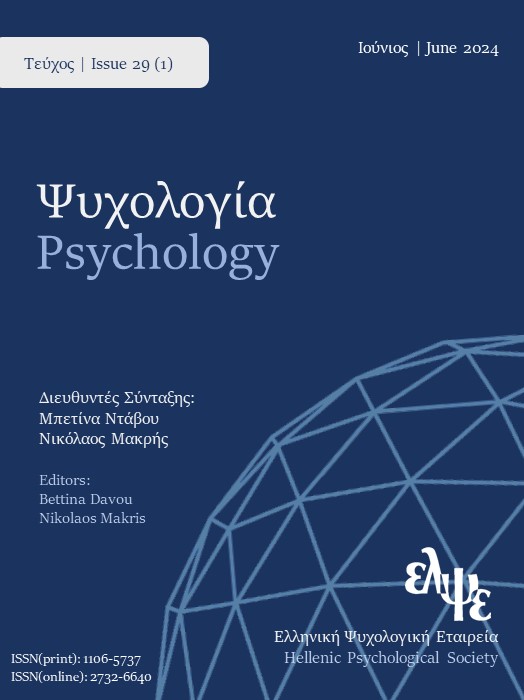Self-presentation strategies of Instagram female users: A postmodern feminist analysis

Abstract
Instagram is a popular contemporary means of self-presentation and self-disclosure for women, with both positive and negative effects on their self-identification. This study explores how young female Instagram users' identity is constructed through the analysis of their self-presentation management strategies. 16 semi-structured interviews with active female Instagram users were conducted using the visual method of photo-elicitation and analyzed using thematic analysis. Drawing upon postmodern feminist theories, four main themes emerged: the woman in Instagram, posting photos as a means of self-presentation, as a means of interaction with others, and as a means of constructing female identity. The participants seem to value the experience of their digital self-presentation as an enjoyable process that they willingly engage in while projecting an image permeated by the social imperatives for femininity; this is in line with cultural practices of post-feminism.
Article Details
- How to Cite
-
Akritidou, A., Megaris, S., & Georgaca, E. (2024). Self-presentation strategies of Instagram female users: A postmodern feminist analysis. Psychology: The Journal of the Hellenic Psychological Society, 29(2), 119–143. https://doi.org/10.12681/psy_hps.37721
- Section
- RESEARCH PAPERS

This work is licensed under a Creative Commons Attribution-ShareAlike 4.0 International License.
The journal PSYCHOLOGY adopts a Platinum open-access policy. Submission, processing or publication costs are waived by the Hellenic Psychological Society. Papers published in the journal PSYCHOLOGY are licensed under a 'Creative Commons Attribution-ShareAlike 4.0 International' licence. The authors reserve the copyright of their work and grant the journal the right of its first publication. Third-party licensees are allowed to use the published paper immediately after publication as they wish, provided they retain the defined by the license copyright formalities, regarding the reference to its author(s) and its initial publication in the journal PSYCHOLOGY. Moreover, any adjusted work should be shared under the same reuse rights, so with the same CC license.



